Sinkholes can form anywhere that the bedrock dissolves away beneath the soil, but classic sinkholes tend to form in limestone, a carbonate rock composed primarily of the minerals calcite (CaCO3), aragonite (CaCO3), and dolomite (CaMg[CO3]2). Worldwide, limestones cover about 15% of land surface. Twenty percent of the US is susceptible to sinkholes.
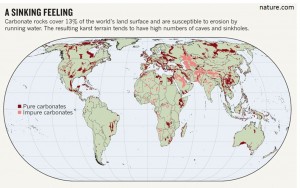
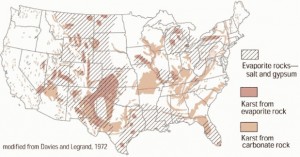
How do sinkholes develop?
Sinkhole Chemistry
The carbonate minerals that comprise limestone are very soluble in acidic water. (Consider that annually, Florida receives an average of 50-60 inches of rain at a pH of about 4.77 -- that's lot of potential for dissolving limestone!)
Carbonic acid is present in rain, forming when carbon dioxide reacts with water.
H2O (l) + CO2 (g) ↔ H2CO3 (aq)
Sulfuric acid in rain reacts with the carbonate minerals in limestone to create calcium sulfate and even more carbonic acid.
CaCO3 (s) + H2SO4 (aq) ↔ CaSO4 (aq) + H2CO3 (aq)
The carbonic acid eats away at the limestone, turning the carbonate minerals in bicarbonate and calcium ions.
CaCO3 (s) + H2CO3 (aq) ↔ Ca2+ (aq) + 2HCO3- (aq)
Anthropogenic Effects
Human activities can exacerbate sinkhole development: for example, groundwater pumping reduces pore pressure in the rocks, making the rocks weaker; construction creates strong vibrations; alteration of water drainage patterns can add weight on top of weak rocks.
Types of Sinkholes
There are three main types of sinkholes. Cover-collapse sinkholes, which occur suddenly and without warning, have the greatest capacity to cause damage and are what most people think of as a prototypical sinkhole, but they're also the rarest.
- Dissolution
- Very thin to no sediment cover
- Small depression develops gradually as rainwater percolates into and dissolves the limestone at the surface, creating a topographic low
- Debris entering the sinkhole can plug drainage to form a pond
- Cover-subsidence
- Permeable sediment cover (like sand)
- Rainwater percolates into and dissolves limestone beneath the sediment
- The surface sediment quickly fills in the dissolution spaces (holes) as they form
- Over time, a small surface depression forms (typically less than 1 m in diameter and depth)
- Cover-collapse
- Thicker, impermeable sediment cover (like clay)
- Rainwater percolates into and dissolves limestone beneath the sediment
- The clay overburden (surface sediment) maintain its shape at the surface while the hole develops beneath the sediment; basically, you can't tell that a hole is forming underground!
- Eventually, the cover (sediment) can no longer support weight, resulting in a sudden, catastrophic collapse
Where does limestone come from?
Carbonate rocks like limestone typically form in warm, shallow, clear waters, because these are the conditions required by the organisms, such as coral and green algae, that precipitate calcium carbonate. However, carbonates can also form inorganically and in cool waters. In Florida, for example, the limestone was laid down when sea level was much higher and carbonate producers had a much wider range; sea level went down, exposing the carbonate and solidifying into limestone.
What effects do sinkholes have on society?
Fortunately, very few people die -- in the U.S., less than one -- from sinkholes in any given year. Instead, the biggest effect that sinkholes have on society is a financial one. Sinkholes destroy property (such as the infamous $1 million sinkhole at the Corvette Museum Sinkhole) and decimate property values.
Since most of Florida's bedrock is limestone, sinkholes are expected, so state law requires home insurers to cover abrupt collapses. However, to guard against gradually developing sinkholes, homeowners must purchase additional policies -- to the tune of $4,000 per year. Tennessee, a good deal of which is also underlain by limestone, has a similar requirement.
Between 2006-2010, insurance companies in Florida paid out more than $1.4 billion for almost 25,000 sinkhole-related claims, with the average claim running $86,000.
Can sinkholes be "fixed"?
Sinkhole repair companies would argue that sinkholes can be fixed! The process starts with detection; major giveaways include cracking and tilting of structure foundation and walls. Repair itself consists of injecting grout (a cement-sand mixture) into holes. Steel underpinnings are then placed around heavy structures (such as a house) for added support.
Useful websites:
- http://dep.state.fl.us/geology/geologictopics/sinkhole.htm
- http://www.usgs.gov/edu/sinkholes.html
- http://www.usgs.gov/blogs/features/usgs_top_story/the-science-of-sinkholes/
- http://www.epa.gov/climatechange/science/future.html
- http://www.geoexpro.com/articles/2010/01/why-so-much-oil-in-the-middle-east
- http://www.flsenate.gov/UserContent/Session/2011/Publications/InterimReports/pdf/2011-104bi.pdf
- http://www.nature.com/news/florida-forecasts-sinkhole-burden-1.14337

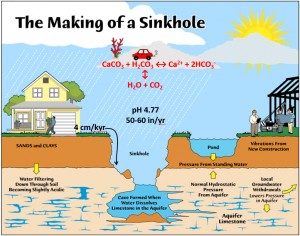



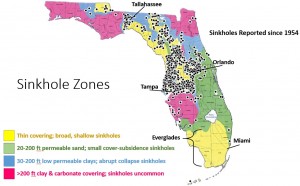
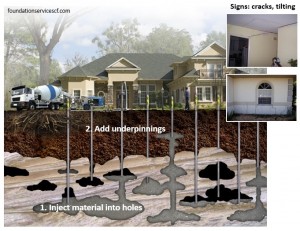


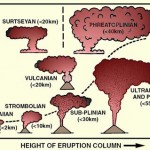
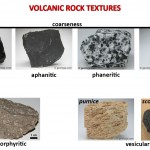
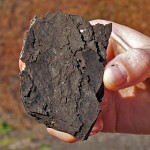
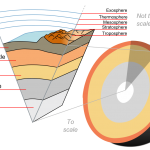
It is interesting to me that humans can have an effect on sinkholes. The way this article talks about groundwater pumping and construction causing sinkholes makes a lot of sense. Thanks for sharing this article, it has been very informational. http://sinkholesllc.com/sinkhole-repair-tampa/